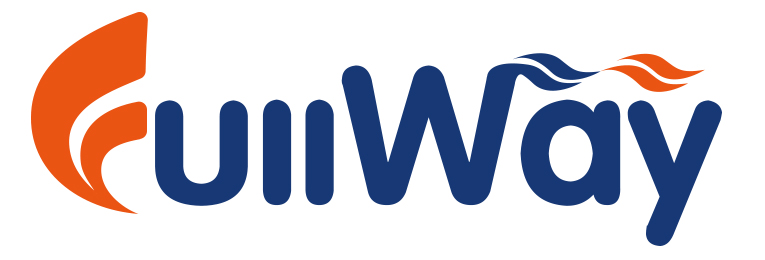At present, mesh vegetable bags have become the preferred packaging method for vegetable packaging factories and farmers. The mesh vegetable bags are bright in color, strong and durable, and are suitable for more than 30 kinds of vegetables such as cabbage, carrots, potatoes, onions, and cabbage.


Mesh vegetable bags have the following advantages:
- The mesh produce bags has good air permeability and can provide the necessary air circulation to keep the agricultural products fresh and crisp.
- The silk body is light and soft, with excellent elasticity and toughness, strong bearing capacity, and protects vegetables and fruits from damage during transportation;
- Most of the raw materials of mesh vegetable bags are made of polypropylene and polyethylene, which are economical and non-toxic. It’s an eco-friendly, reusable option.
In view of the wide use of mesh bags, Fullway briefly introduces the signs, packaging, transportation, storage and identification knowledge of mesh vegetable bags to help you distinguish whether the mesh bags are qualified.
What to look for when buying Mesh Vegetable Bags:
- Flag
Each bag of mesh produce bags should be accompanied by a product logo, indicating the manufacturer’s name, trademark, product name, variety, specification, quantity, production date or production batch number. - Packaging
The packaging of mesh vegetable bags should be firm and suitable for transportation. Different varieties of products with different specifications are not allowed in the same package. Each package is generally 1000 or 2000 pieces, and each package can also be divided into several hundred units. There should be a product inspection certificate in each package. - Shipping
mesh vegetable bags should be protected from pollution, friction, and heat during transportation, and should be protected from rain and should not be hooked or scratched with sharp objects. - Storage
mesh vegetable bags should be stored in a dry, clean, warehouse away from heat sources, and the storage period should not exceed 18 months from the factory.
Identify the quality of mesh bags for onions
Observe the appearance of the onion net bags with the naked eye
Color: There should be no obvious difference between the same batch of products.
Stain: No obvious contamination is allowed.
Pocket edge: no obvious irregular convex and concave.
Serial bag: should be regular, no obvious dislocation of the interval.
Broken weft and broken warp: Each mesh bags for onions is allowed to have 2 non-adjacent ones, but they need to be firmly connected.
Needle removal: Not allowed.
Sewing: The raw edge is folded into 4 folds, the width of the folded edge is greater than or equal to 1.3cm, and there are two flat stitches, parallel to the edge of the mesh bag, without skipping stitches and floating lines. Detection method, visual inspection under natural light, and the width of the folded (bag) edge is measured with a steel ruler accurate to 0.1cm.
If have test certificate or SGS test report
Every batch of vegetable mesh bags exported by Shandong Fullway Import and Export Co.,Ltd has SGS test report.
Test conditions: The test machine is in accordance with the provisions of GB/T1040, and is adjusted for more than 4h at 23±2℃.
Test procedure: Clamp the sample on the tension machine fixture (the sample of the warp-knitted mesh bag should be folded into a width of 50mm), the distance between the clamps is 200mm, and the no-load speed of the testing machine is 200mm/min.
Record the maximum load of the sample during the tensile process, and take the arithmetic mean of 5 samples for the test result.
With advanced production technology, sophisticated equipment and a research and development team that tests new technologies, Fullway occupies an important position in the packaging market. When we recommend mesh vegetable bags to customers, our depth of knowledge and understanding of customers are truly Advantage, I hope Fullway’s mesh produce bags can help more fruit and vegetable processing plants and growers.
